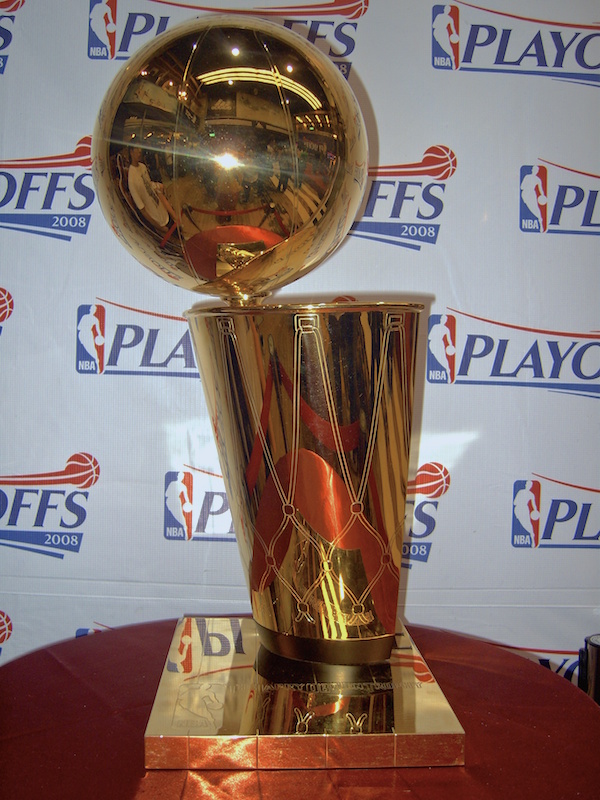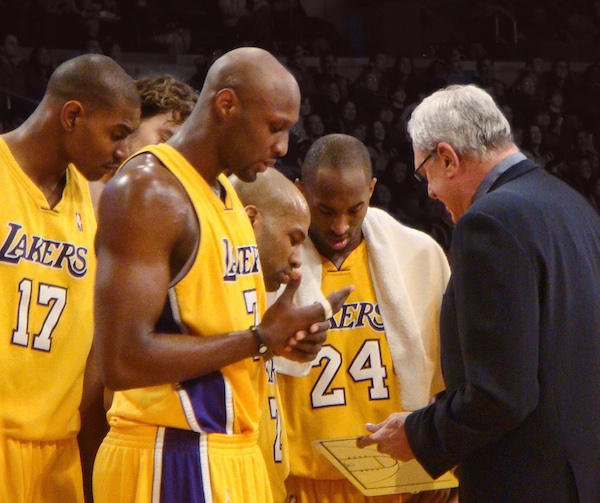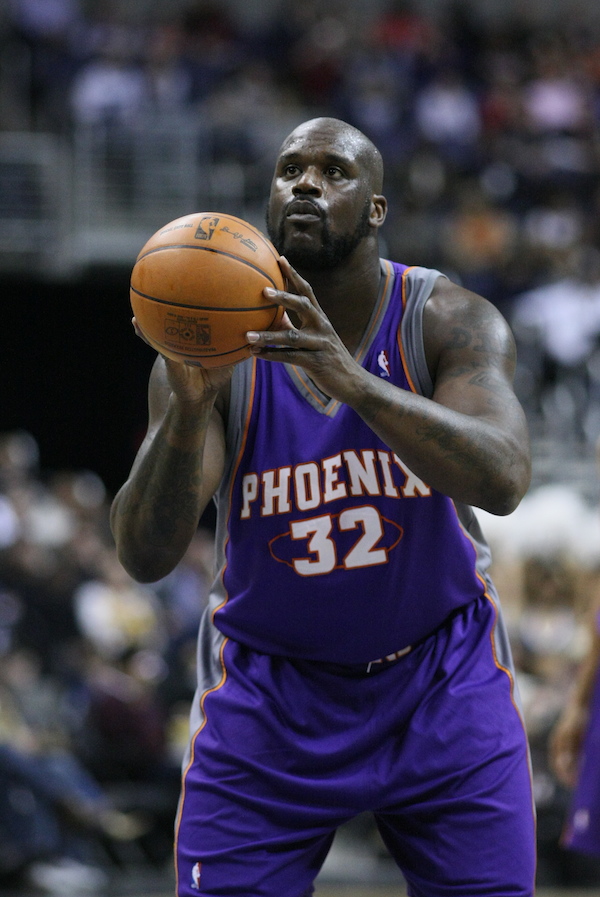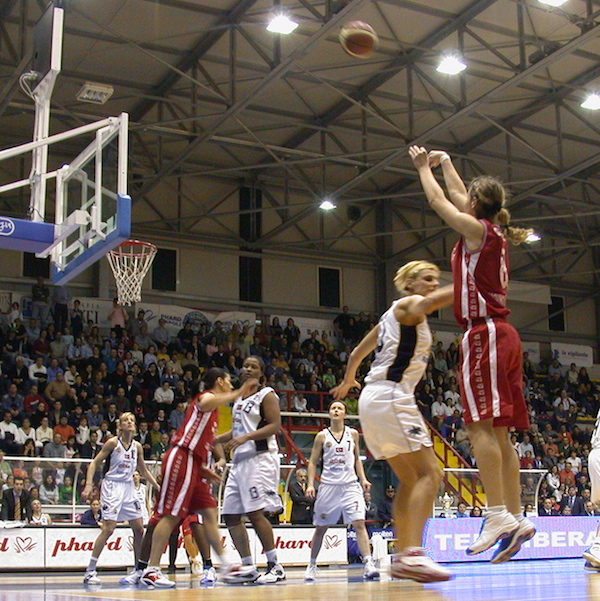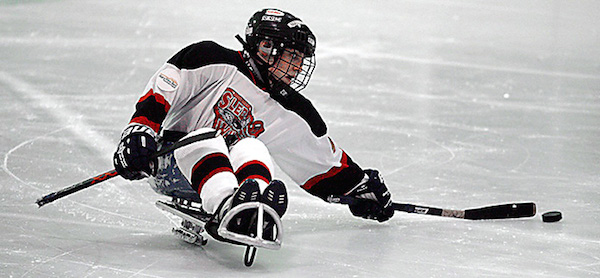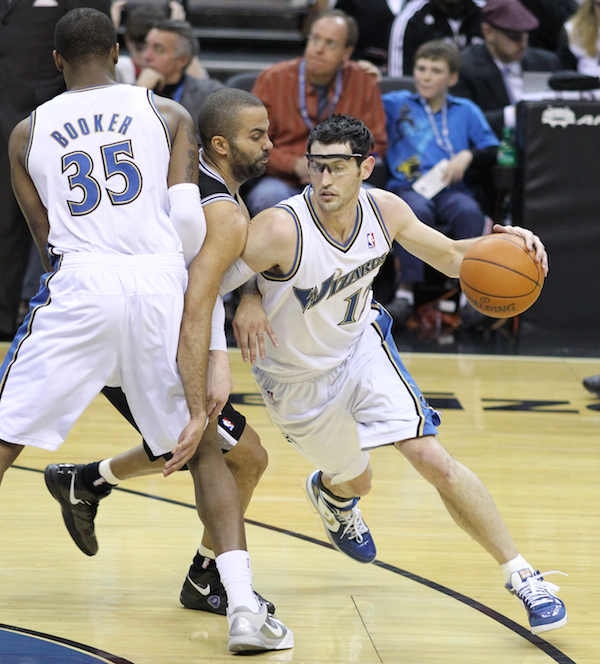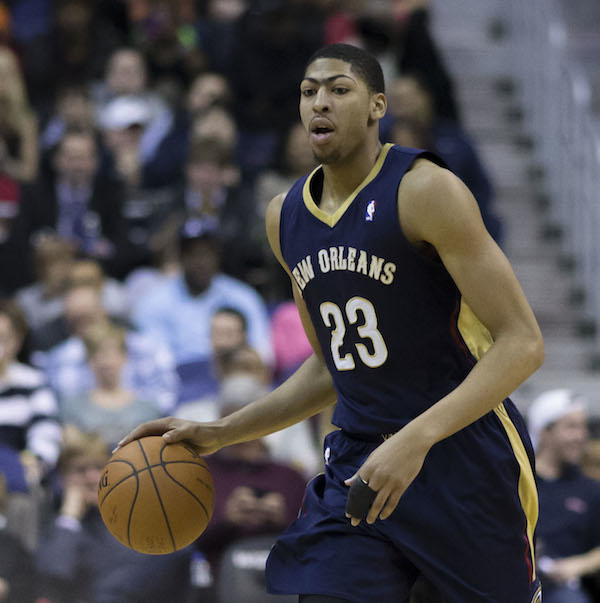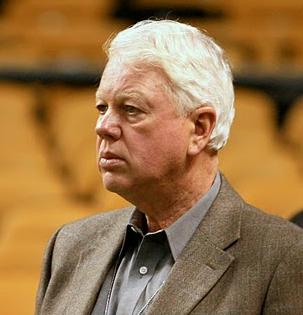All-Star games are not always a highlight of a sports season. In fact, they’re often so mundane that people wonder why sports leagues even bother to have All-Star games. The NBA All-Star weekend is sometimes an exception to that rule. It’s a star-studded, moderately action packed weekend of events that has controversially been dubbed “Black Thanksgiving” by David Aldridge in a CNN article which seems to have been removed from their archives. In the article, Aldridge quoted Todd Boyd, a professor of critical studies at USC as saying that “NBA All-Star weekend has turned into a celebration of African American culture.” Whether you’re black, red, yellow, brown, or white, a basketball fan or a non-sports fan, a fashionista or music fan, there’s probably something for you to enjoy this weekend. This guide should help you decide what parts of the weekend will be most or least interesting.
Celebrity Game
Friday, February 13 at 7 p.m. ET on ESPN.
What is this?
It’s a basketball game played by a very strange mix of musicians, actors, general celebrities, retired NBA players, and current WNBA players. It’s… sometimes fun to watch. As opposed to the actual All-Star game, the people playing in this game usually do really want to win. They were chosen in part because they are competitive, entertaining, and at least kind of know how to play basketball.
Who plays in it?
The game has been dominated (no joke, dominated) over the past few years by Secretary of Education, Arne Duncan. He’s missing this year, so I’m most excited to see the following three people play in the celebrity game:
- Paralympic athlete and former high school basketball player Blake Leeper. Leeper was born with both knees missing below the knee and has been using prosthetics since he was nine years old.
- Robert Pera, the owner of the Memphis Grizzlies. At 36, Pera is one of the world’s youngest billionaires. I think this is probably the first time an NBA owner has played during All-Star weekend.
- Mo’ne Davis!!! That’s right! The first girl to record a win (and pitch a shut-out) in the Little League World Series is going to be on the court! My guess is that she’ll mop the floor with most of the players she faces. After all, at 13, she’s already on a high school varsity basketball team and has talked publicly of wanting to play in college for the University of Connecticut.
Watch this if…?
You like watching celebrities make fools of themselves trying desperately to win a basketball game while awkwardly trying to play it off as not mattering to them. That makes it sound less fun than it actually is. This game is often really enjoyable to watch. The only thing I don’t like about it is the inclusion of active WNBA players who seem unsure of whether or not to treat it like a real game or not.
Rising Stars Challenge
Friday, February 13 at 9 p.m. ET on TNT.
What is this?
A showcase for players in their first two years in the NBA. In past years, this has been organized as rookies vs. second-year players. This year it’s going to be USA players versus players from the rest of the world.
Who plays in it?
There are so many exciting young players in this game. The U.S. team features Shabazz Muhammed, Trey Burke, and Victor Oladipo. The World team is even more exciting, with players like Giannis Antetokounmpo from Greece, Gorgui Dieng from Senegal, Dante Exum from Australia, Nikola Mirotic from Montenegro, Dennis Schroder from Germany, and Andrew Wiggins from Canada. I expect the World team to kill the U.S. team.
Watch this if…?
Watch this if you like basketball! Seriously, I think this will be the best pure basketball game all weekend. Also, if you like youth and enthusiasm.
NBA Fashion Show
Saturday, February 14 at 6:30 p.m. ET on TNT.
What is this?
LeBron James is producing a fashion show with fellow NBA players as runway models. Each of the eight models will show one boardroom outfit, one game-attire outfit, and one for clubbing. Eight players will start and it seems like after each outfit, half the remaining players will be eliminated until only one wins.
Who plays in it?
I can’t find all eight names but at least James Harden, Klay Thompson, Chandler Parsons, DeMarcus Cousins and Zach LaVine will be taking part in this modeling competition.
Watch this if…?
You like fashion and/or comedy. With TNT producing this, you can bank on there being some comedic commentary from Charles Barkley and co. Jokes aside, this will probably be a legitimate fashion show — some of these players treat post-game interviews as fashion shows, so they will certainly be prepared for this.
All-Star Saturday Night
Saturday, February 14 at 8:30 p.m. ET on TNT.
What is this?
A basketball skills competition. The two main events are the three-point shooting competition and the slam dunk competition. In the three-point competition, players have one minute to make up to 25 shots from five points along the three-point arc. This is the most hotly contested competition every year but especially this year when the field of competitors is deep and unusually good. The slam dunk competition is more prestigious but less competitive, perhaps because it is judged qualitatively. Its other issue is that, unlike in the 1980s and 90s, the biggest NBA stars no longer compete in the dunk contest. The other two events of the night are a shooting competition with teams of three made up of an NBA player, a retired NBA player, and a WNBA player and an obstacle course competition.
Who plays in it?
This year, four players will be in the dunk contest: Giannis Antetokounmpo, Victor Oladipo, Zach LaVine, and Mason Plumlee. LaVine is the favorite to win but it’s hard to bet against a guy (Antetokounmpo) whose nickname is the Greek Freak. In the three-point contest, Kyle Korver and teammates Steph Curry and Klay Thompson are the three favorites but don’t sleep on James Harden, a legitimate MVP candidate this year.
Watch this if…?
You enjoy admiring people show off unrealistic physical skills.
D-League All-Star Game
Sunday, February 15 at 2:30 p.m. ET on NBA TV.
What is this?
The D-League is the NBA’s minor league. Players in this game will absolutely see this as a chance to audition in front of tons of NBA executives and scouts. Did I say earlier that something else would be the most competitive game of the weekend? I was wrong — this will be! There’s also a D-League version of the slam dunk contest at half-time.
Who plays in it?
The D-League is stocked with mostly former college players who haven’t caught on with an NBA team yet. This year’s most recognizable player will be Seth Curry who went to Duke and whose brother is NBA All-Star Steph Curry. Their father will also be a contestant as the retired NBA player in a shooting threesome. It’s a family affair!
Watch this if…?
You’re an NBA junkie who roots for a bad team. Think of it as scouting for your team!
NBA All-Star Game
Sunday, February 15 at 8:30 p.m. ET on TNT.
What is this?
This is the All-Star game itself. It’s usually a wide open offensive exhibition until half-way through the fourth quarter when players tighten the defense up a bit and actually try to win the game for bragging rights and for the extra $25,000 per person purse.
Who plays in it?
You can find the full rosters on Wikipedia. If these players were mixed up and then two teams created to be even, I think perhaps only one player from the Eastern team would crack the top ten. The Western team is so much better and deeper but that doesn’t necessarily mean they’ll win.
Watch this if…?
Watch this if you enjoy pomp, circumstance, alley-oops, and thunderous dunks. Watch it if you want to see the greatest NBA players of our day break a sweat playing something that vaguely resembles basketball.

